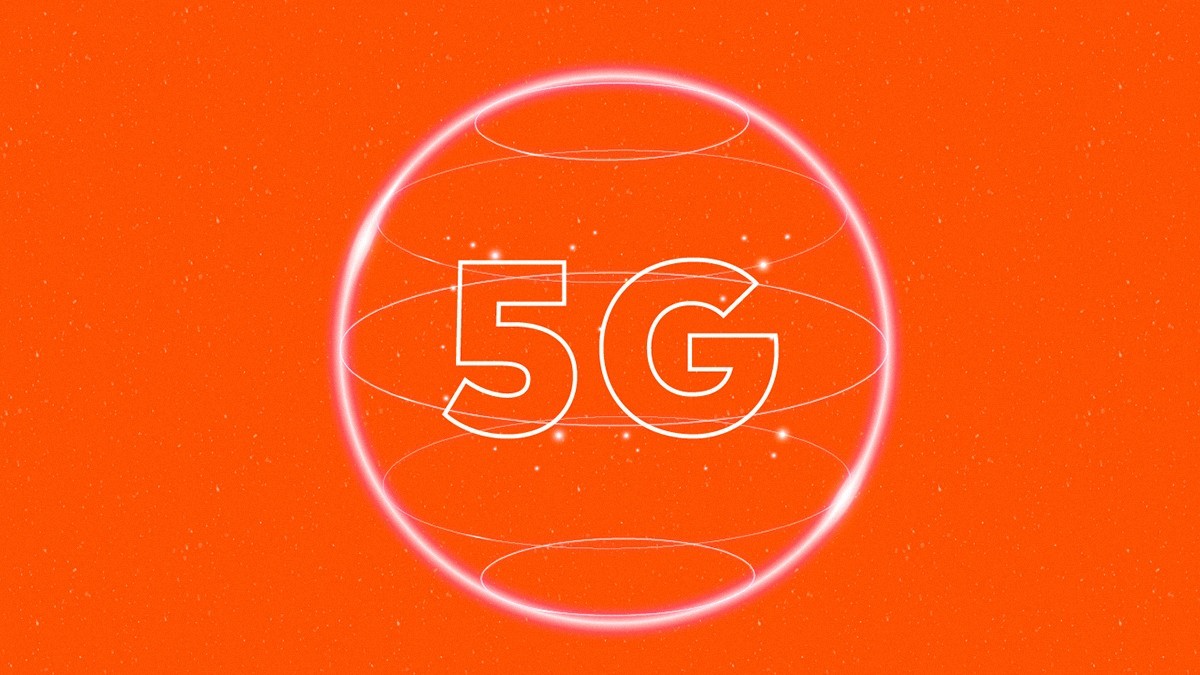4 trends for telecommunications in 2022
The telecommunications market is constantly changing. It is mainly reflected in the way innovations lead to a need for adaptation by everybody.
Constant changes are, without a doubt, a new reality with which we must live. Thus, there is an undeniable certainty – adaptability has to be part of everyone’s DNA, both in a personal and professional context.
At barpa, we make sure to evaluate the market and the context that surrounds us, so we can always be well prepared for any challenge that may arise.
An undeniable fact remains verifiable in the telecommunications area, and has become clearer since the outbreak of the COVID-19 pandemic:
Investing in digital transformation is no longer an option, but a matter of survival for companies of all types and sizes.
Therefore, to help you predict what might come, we want to share what are the top 4 trends for telecommunications in 2022.
1. 5G technology and its worldwide application
There has been a lot of talk about the arrival of 5G in the markets. For that reason, this could not fail to be the first point that we highlight as a trend for telecommunications in 2022.
This will be the year of rise in terms of the 5G technology worldwide. Although some countries have already started their implementation, there are many others that will take the real first steps in 2022.
The new 5G network represents an improvement in telecommunications performance, especially when referring to internet speed, being able to immediately perceive its impact on daily operations such as video calls, live broadcasts, online games and even on connection stability.
On day-to-day operations this will have an impact, but not only there. When referring to companies, 5G technology will not go unnoticed. Witnessing a lower latency, that is, a lower response time between services, permanent connectivity and increased device capacity and interconnection (up to 1 million per km2).
Thinking even further, 5G technology will improve and bring about new business opportunities in different markets, such as autonomous vehicles, smart cities, telemedicine and also other sectors such as leisure and education.
2. FTTx and the future of connectivity
FTTx networks, or “Fiber to the X”, is a generic way of referring to a structured network architecture based on optical fiber.
The FTTx network is based on an optical fiber structured network that interconnects end users (home, buildings,…) to a central point of the operator. This called a PON (Passive Optical Network).
Thus, an FTTx network can take the following forms:
· FTTA: Fiber to the antenna
· FTTB: Fiber to the building
· FTTC: Fiber to the curb (to the corner, with access to the copper network with a distance of less than 300m)
· FTTD: Fiber to the desk
· FTTH: Fiber to the home
· FTTN: Fiber to the node (to the corner, with access to the copper network with a distance greater than 300m)
It is possible to identify several advantages associated with the installation of an FTTx network, which we are going to summarize:
a) Regarding the stability of the transmission, it’s not being affected by electromagnetic interference.
b) The maintenance costs are reduced, with facilitates the control and monitorization of the network.
This is due to the fact that this structured optical fiber network requires less use of fibers, since PON networks can use splitters (passive optical splitters) instead of active switches, which represents an economic advantage.
c) Greater range and network capacity as GPON networks can deliver speed up to 2.5Gbps.
Due to these and other advantages, there has been a greater adoption of these solutions, which has led to a complete or partial replacement of the copper or coaxial network.
If you want more in-depth content, you can also download our FREE ebook “GPON solution”, click and find out more.
3. Sustainability in telecommunications
Yes, it’s true, one of the trending topics for telecoms in 2022 is sustainability. This is mainly due to the fact that society is more awake to environmental issues, becoming aware of habits or behaviors that, when adjusted, can make all the difference in our ecosystem.
How can a greater awareness of environmental issues influence the telecommunications market?
The reality is that it does, and we explain how:
The search for more sustainable solutions will trigger the need for evolution, innovation and adaptation in the market. Leading to the creation of new ways to respond to the emerging demand for more conscious solutions.
We are talking, for example, about the increase in demand for smart grids, responding to the need for decarbonization. Or the market tendency to find and/or develop less polluting vehicles, such as electric cars and consequently a need to increase charging networks for these vehicles, giving rise to easier and faster options.
The cases given are some examples, but what we see happening is a rapid evolution in the arising of these needs.
Therefore, we leave an extra tip, keep this trend in mind and keep an eye on the market so you can be the first to respond to this need.
4. Trend towards the transition from copper to optical fiber
As a last point, we believe it to be not only a trend to be felt in 2022 but a reality that will be part of the transformation of the telecommunications market.
This transformation involves the transition from the use of copper to optical fiber. This is due to the fact that copper networks are already at the limit of transmission capacity, since they are conditioned by several factors, such as the transmission distance, the dependence on other equipment, amongst others.
These factors increase operation and maintenance costs and make the network more subject to costs after its installation.
On the other hand, an optical fiber structured network installation provides much greater bandwidth and greater transmission stability. Also, as one of the main advantages, an optical fiber structured network does not need to be replaced or updated by a more modern one for many years.
These are the 4 main trends for telecommunications in 2022. Here at barpa we want to provide you with all the information we consider important for better decision making. We hope we have helped you to analyze the year we have entered.
Find out more about this and other content in the archive section of our blog.
Discover more content like this here: Guide to select the right fiber cable







Sorry, the comment form is closed at this time.